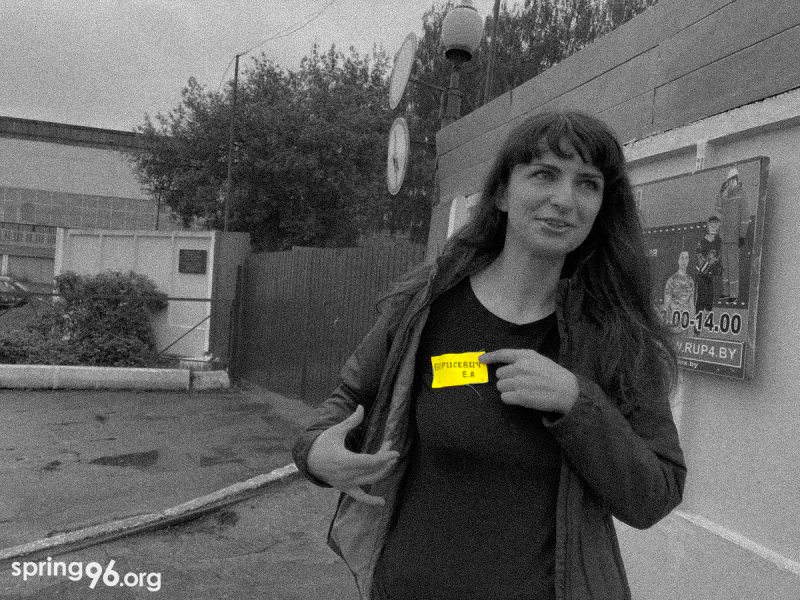Political prisoners punished by solitary confinement for answering letters of solidarity
Political prisoners serving their sentences at penal colony No. 17 in Škloŭ are sent to solitary confinement or punishment cells if they reply to letters of support they receive from people they don’t know, Viasna learned from the family of an unnamed inmate.
“Letters are arriving, we are very happy to have support. But if you reply to letters from strangers, you end up in a punishment cell,” the political prisoner said.
Despite this, human rights activists call on everyone to continue writing letters to political prisoners, even if they cannot reply.
At the moment, there are 39 political prisoners in penal colony No. 17. Among them are politician Pavel Seviarynets, musician Aliaksei Sanchuk, actor Siarhei Volkau, businessman Aliaksandr Trotski, volunteer Ihar Yarmolau and many others.
The human rights activists of Viasna continue to receive information about the inhuman conditions many political prisoners have to live in.
Apart from beatings, torture and systematic violations of prisoners’ rights, the prison authorities have recently been using so called “preventive records” as an additional means of putting pressure on them. To date, political prisoners, including those awaiting trials, may be on two types of “records”: as persons “prone to extremism and other destructive actions” and as persons “prone to hostage-taking, attacks on prison staff and hooliganism.” These records imply certain restrictions and rules that are not spelled out in open regulatory sources.
In particular, prisoners held in pre-trial detention are subjected to extra body searches and have to wear handcuffs twice a day when their cell is inspected by the prison staff.
Convicted prisoners have to wear yellow name patches on their prison clothes. Some likened these to the patches Jews were forced to wear during World War II. The new means of pressure was first reported in early May by political prisoner Vitold Ashurak, who had to wear a patch after being transferred to the Škloŭ penal colony. On May 21, Ashurak died under unclear circumstances. His death has not yet been properly investigated.
Earlier, yellow patches were used to mark prisoners convicted of drug offences. The shameful practice was eventually abandoned after families of some of them complained to the UN.

- TUT.by journalist Katsiaryna Barysevich with a yellow patch on her prison clothes minutes after leaving the penal colony in Homieĺ on May 19, 2021
In addition, marked prisoners have to walk in front of the column to always be under control. Convicts have to check in with the officer on duty at a certain time three times a day. Prisoners on record are inspected more often than ordinary convicts. They sleep at the entrance to the cell near the door and only on the upper tier of the bunk. Such conditions help prison staff exercise random control at night and during the day.

















